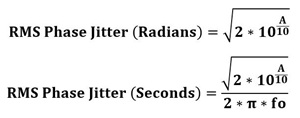A resonance cavity thruster operates based on the principle of electromagnetic resonance within a closed cavity. By exciting electromagnetic modes that resonate within the cavity, asymmetrical forces are generated due to the interaction of electromagnetic fields with the cavity walls. This phenomenon, theorized by some researchers, suggests that thrust could be produced without expelling reaction mass, potentially enabling spacecraft propulsion without conventional propellant.
A resonant cavity, in its basic form, functions by confining electromagnetic waves within a defined space where they resonate at specific frequencies determined by the cavity’s dimensions. This resonance amplifies the electromagnetic field strength within the cavity, which can be utilized in various applications such as microwave ovens, lasers, and particle accelerators.
The EmDrive, or electromagnetic drive, remains a subject of debate in physics. It proposes a propulsion system that generates thrust directly from electromagnetic radiation in a resonant cavity, purportedly violating the conservation of momentum. While experimental results have been reported by some researchers, the theoretical basis for how such a drive could function within the laws of physics remains controversial and lacks consensus among the scientific community.
The EmDrive is speculated to work by generating thrust through interaction with electromagnetic fields in a resonant cavity. It is suggested that asymmetrical radiation pressure within the cavity could result in a net thrust force, although this conflicts with classical physics principles like Newton’s third law of motion, which states that every action has an equal and opposite reaction.
In a laser system, a resonance cavity serves to enhance and stabilize the coherent light output. The cavity consists of two mirrors placed facing each other, between which the laser gain medium is located. The mirrors reflect the light back and forth, allowing only certain wavelengths that match the resonant frequencies of the cavity to be amplified through stimulated emission. This process defines the spectral and spatial properties of the laser beam emitted from the system.







